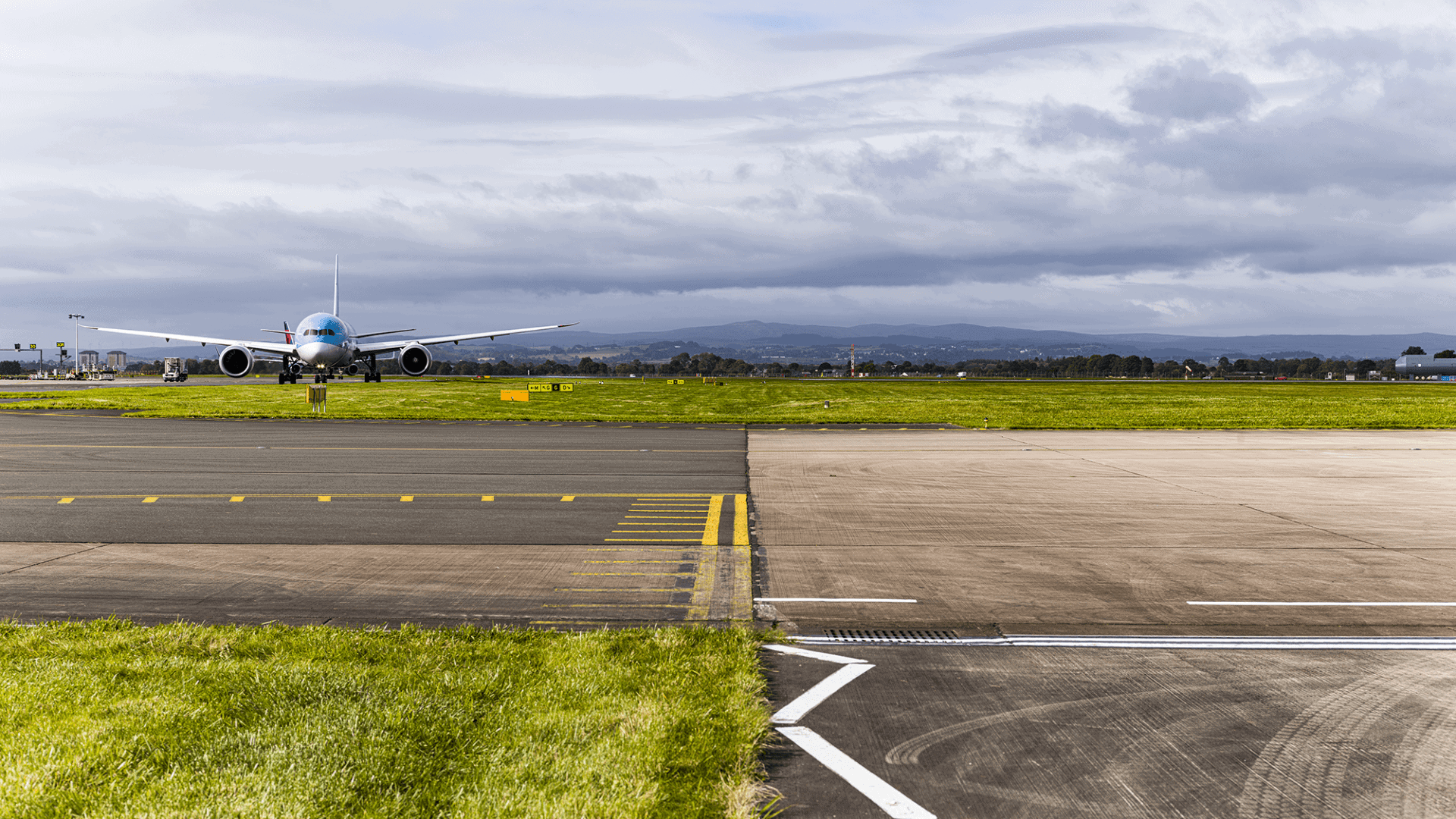Ferrovial
La ingeniería civil como arte: creatividad e innovación
Interchanges
By Norman Foster
Infrastructure and Architecture
Our world is urbanizing. A little over a decade ago, the planet reached a tipping point with more people living in urban rather than rural areas. Over the next thirty years, it is estimated that this figure will rise to more than two thirds of the world’s population— with almost all of those people living in cities.
The Latin word for city is urbs, hence urban and urbane. Civis referred to those living
in Ancient Rome, hence civitas, civil and civilized. These words, and their roots, evoke the
physical reality of infrastructure and buildings as well as the spiritual values of civilization
itself—the aspirational quest for an improved quality of life.
As an architect, I have always considered infrastructure to be the urban glue that
binds together the individual buildings of our cities, and creates the connections between
them. It is the streets, boulevards and highways, the civic spaces and parks, the public
transport systems, the bridges and the global gateways of airports. However, these structures
at ground level are the visible manifestations. Below ground lie the hidden networks of
sanitation, water, energy, and tunnels for mobility.
The story that I have described of cities, and the universal links that bring them
together, is also manifest in the story of Ferrovial as builders with a worldwide reach. José
Manuel Ballester’s photographs, collated in this book, are a snapshot in time of that presence
through fifty projects, in ten countries across three continents. They take the reader on a
journey that cuts a path from the mega scale of an international airport terminal to the mini
scale of a roadside filling station.
José Manuel Ballester is an artist with the camera, and I have followed his work over
the years with much admiration. His photographer’s eye captures the spirit and, at times, the
heroic dimension of the great ventures documented in this book. To me as an architect, his
skill is to balance the act of making—the process of building—with the finished products
that emerge at the end.
The concourse and baggage hall of Terminal 2 at London’s Heathrow Airport serves
18.5 million passengers a year, arriving and leaving through twenty-nine different airlines. As
a working building, it is as international and grand in its scale as the distinctive canopies of
Repsol’s two hundred stations throughout Spain are jewel-like and of-their-place.
Below ground, the Bilbao Metro is another typical project—a network of 49
kilometers of tunnels serving 49 stations (31 subterranean, 18 surface), each with a
distinctive presence of canopies at street level. The system has had a transformative effect
on the life of the city, and its creation was instrumental in Bilbao’s becoming the host of the
famed Guggenheim Museum.
I single out these particular projects not only because they faithfully demonstrate
the range and breadth of the builder’s contribution to urban life, but because each one has
a personal connection to me and my colleagues. We worked with Ferrovial as the architects
for the Bilbao Metro system, for Repsol’s filling stations and on the master plan for London
Heathrow’s Terminal 2.
There are some experiences that are so moving they endure in the memory, and
visiting the site of the Bilbao Metro under construction made one such deep impression. I
can remember squelching through mud, deep below ground, to come across a giant machine that was boring its way through the earth, dwarfing the operatives who were standing in this
great cathedral-like space. Maybe time magnifies the scale in one’s memory, but I remember
afterwards describing it as a religious-like experience.
I have always sensed an almost spiritual dimension to the human ingenuity and
teamwork that is choreographed across a building site. It is a never-ending source of
wonderment to me that a building or work of infrastructure finally emerges out of this
process. There is a nobility in the act of constructing, whether that be at the scale of a great
subterranean cavern for a railway, or through the precise crafting of metal to create the razorsharp edge of a canopy.
When I talk on the subject of design and construction, particularly to younger
audiences of students and graduates, I sometimes invoke the analogy of an iceberg. The
act of building across time, and the tangible outcomes, are there to behold like the tip of
the iceberg—we can see and experience them. What is not revealed, what lies beneath
the surface, is the coming together of different disciplines—the pooling of resources,
collaborations, and teamwork. These are also the values that underpin any great organization
and especially Ferrovial: they are the intellectual equivalent of the solid foundations that
underpin a mighty structure.
Creativity crosses all the boundaries between professions. I recall one of my
colleagues reflecting on his experience of working with Ferrovial by saying that he found
them to be “extraordinary builders and engineers with an approach that was always positive
and very direct.” He went on to describe them as “. . . hard taskmasters, focused on solutions,
who will relentlessly push their team for the most buildable answer, which is a wonderful
discipline. They take their share of responsibility and a great deal of ownership of design
decisions, which is collaborative, and not always the case with contractors.” It is this attitude
of mind which achieves the best fusion of design, engineering, and constructing.
This book, as a photographic essay, is an uplifting celebration of Ferrovial’s global
construction record and the underlying culture of an organization that has endured over
nearly seven decades, and which makes possible such impressive achievements.
Norman Foster, Architect
